Nandina Domestica (heavenly bamboo)
greyandamy
13 years ago
Related Stories

LANDSCAPE DESIGNSmall Garden? You Can Still Do Bamboo
Forget luck. Having bamboo that thrives on a wee plot just takes planning, picking the right variety, and keeping runners in check
Full Story
FALL GARDENINGHouzz Call: Show Us Your Fall Color!
Post pictures of your fall landscape — plants, leaves, wildlife — in the Comments section. Your photo could appear in an upcoming article
Full Story
GARDENING AND LANDSCAPINGGrow a Lush Privacy Screen
No need to wait forever for patio privacy the green way. These 10 ideas will get your screening up and running in no time
Full Story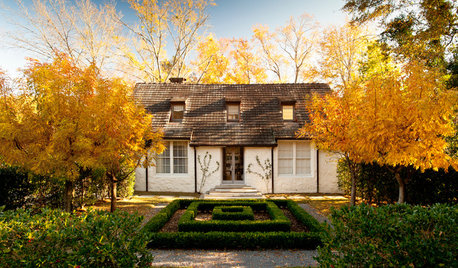
GARDENING GUIDES6 Plants for Colorful Fall Foliage in the Water-Wise Western Garden
Try these colorful, drought-tolerant additions to your garden for a fall season filled with color
Full Story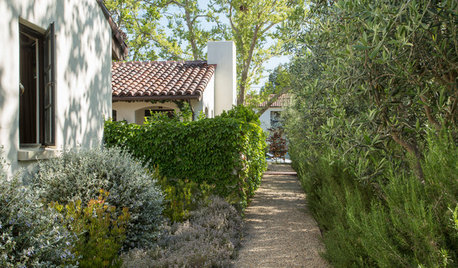
EVENTSTour 5 Gorgeous California Gardens
Get a sneak preview of Palo Alto gardens in the 2015 Gamble Garden Spring Tour, happening Friday and Saturday
Full Story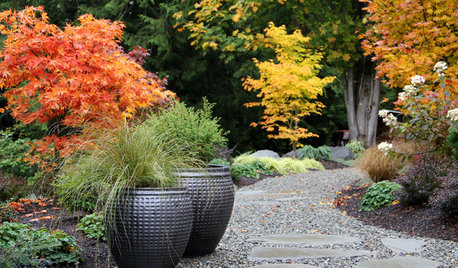
PLANTING IDEASGreat Garden Combo: Fall Foliage With a Contemporary Twist
This fiery autumnal display relies on simplicity and ample spacing to create a distinctive panorama
Full Story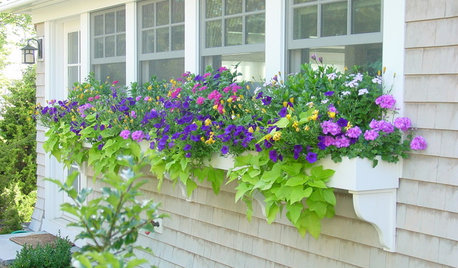
CONTAINER GARDENSChoose Complementary Colors for Dazzling Container Gardens
Red and green, purple and yellow, and blue and orange are opposing pairs that work in perfect harmony
Full Story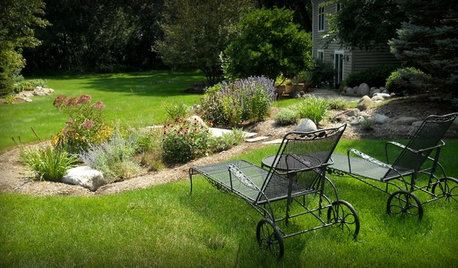
LANDSCAPE DESIGNHow to Design a Rain Garden That Loves Stormy Weather
Rain gardens have a special type of planting bed that drains rainwater. These tips can keep yours looking great
Full Story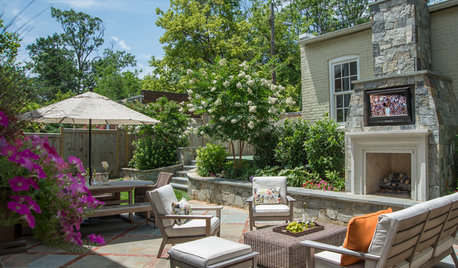
PATIOSTerraces, New Plantings and Basketball Transform a D.C. Backyard
Bluestone and brick surfaces, a fireplace, a green-and-white plant palette and a new sports court suit a family’s outdoor lifestyle
Full Story
CONTAINER GARDENS7 Deer-Resistant Flowers for Your Summer Containers
Grow these as protection for edibles or just for their colorful beauty — deer might not like them, but everyone else will
Full StorySponsored
Columbus Area's Luxury Design Build Firm | 17x Best of Houzz Winner!
More Discussions







Iris GW
ken_adrian Adrian MI cold Z5
Related Professionals
Essex Landscape Architects & Landscape Designers · North New Hyde Park Landscape Architects & Landscape Designers · South Elgin Landscape Architects & Landscape Designers · Wakefield Landscape Contractors · Brunswick Landscape Contractors · Dedham Landscape Contractors · Inglewood Landscape Contractors · Mequon Landscape Contractors · Merced Landscape Contractors · North Plainfield Landscape Contractors · Yukon Landscape Contractors · Shenandoah Landscape Contractors · Compton Window Contractors · Graham Window Contractors · Clemmons Decks, Patios & Outdoor Enclosuressubtropix
gardengal48 (PNW Z8/9)
ken_adrian Adrian MI cold Z5
greyandamyOriginal Author
subtropix
gardengal48 (PNW Z8/9)